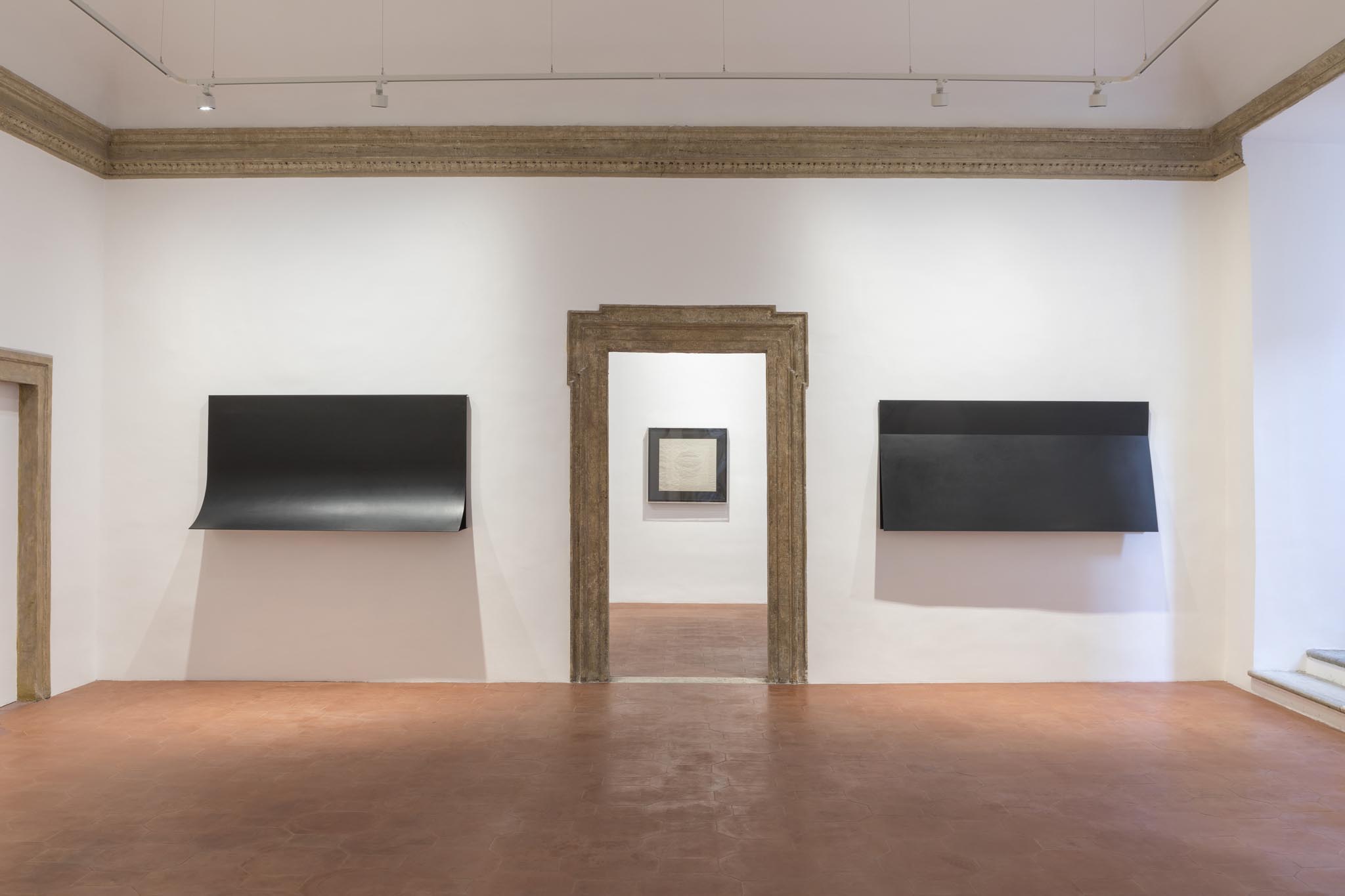Light, sensitive monochromes, architecture, transparencies, color reflections, visions. This is Francesco Lo Savio’s great contribution to art from 1958 to 1963, years in which the transition from one decade to the next was strongly focused on the modernist attempt to a utopian regeneration of the world. Lo Savio stands out as the artist who best captured this transformative period. Starting from contemporary architectural studies steeped in strong ideological and social interests, his work blends Bauhaus influences with Suprematism, Piet Mondrian, and De Stijl.
The exhibition presents Lo Savio’s work, characterized by geometric shapes and essential colors. To perceive the spiritual strength of his art, it must be seen live, faced, thought about and experienced. The discerning viewer will be struck by the palpable energy radiating from the interaction between the artworks and their environment. Spazio-Luce, Filtri, Metalli, Articolazioni Totali (Space-Light, Filters, Metals, Total Articulations) represent the evolution of his exploration into the dialogue between art, space, and light. Some projects and a model remained for the Maison au soleil, an architectural transposition of his artistic vision.
Starting in 1959, the artist dedicated himself to SpazioLuce, monochromatic paintings on canvas that invite exploration of the energetic potential of color. These artworks showcase subtle variations in luminosity, creating a spectrum of space-light effects that expand beyond the two-dimensional surface of the painting into the surrounding environment.
In his Filtri series, Lo Savio employs various semi-transparent surfaces adorned with geometric shapes, circles and squares. This technique induces a chromatic modulation within the artwork, fostering the desired dynamic of light absorption. Light absorption is further pronounced in the Metalli series, initiated in 1960, with the treatment of matte surfaces.
Through these works and others featured in the exhibition, Francesco Lo Savio transcends the restrictive boundaries of the traditional pictorial rectangle to engage the works directly with the environment, emphasizing their spatial dimensions.













Francesco Lo Savio (1935 – 1963) "Articolazione totale" cemento e lastra di metallo dipinto 100 x 100 x 100 cm (39.37 x 39.37 x 39.37 in) Eseguito nel 1962
Francesco Lo Savio (1935 – 1963) "Metallo Curvilineo – Superficie a flessione parasferica estroversa" lastra di metallo dipinto 100 x 195 x 34 cm (39.37 x 76.77 x 13.39 in) Eseguito nel 1962
Francesco Lo Savio (1935 – 1963) "Metallo nero opaco uniforme, articolazione di superficie orizzontale" lastra di metallo dipinto 95 x 200 x 20 cm (37.40 x 78.74 x 7.87 in) Eseguito nel 1960
Francesco Lo Savio (1935 – 1963) "Spazio-Luce" resina sintetica su tela 110 x 130 cm (43.31 x 51.18 in) Eseguito nel 1959
Francesco Lo Savio (1935 – 1963) "Spazio-Luce" resina sintetica su tela 130 x 150 cm (51.18 x 59.06 in) Eseguito nel 1960